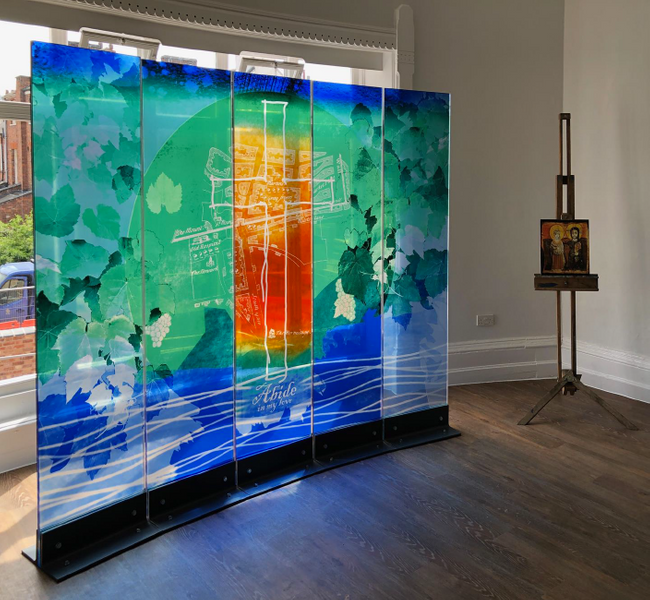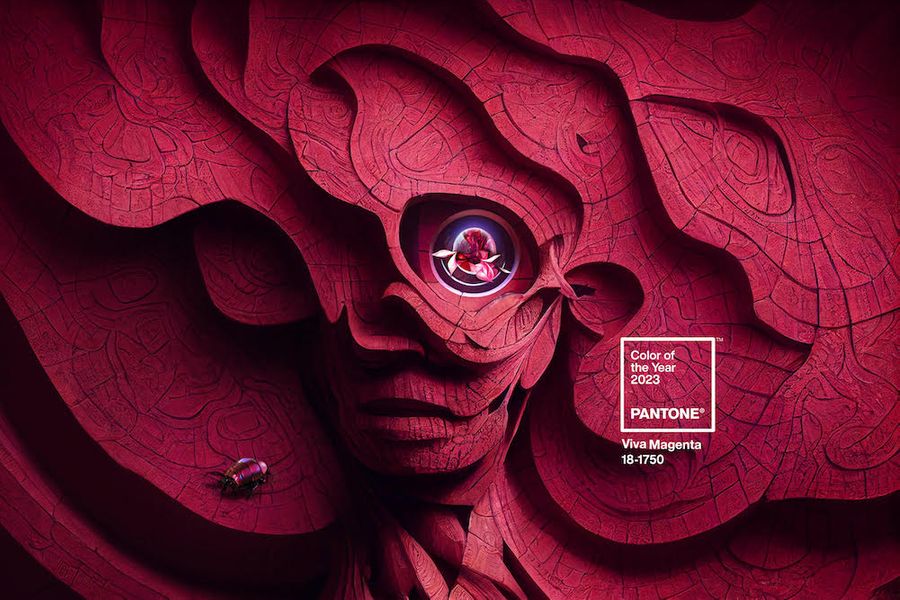Geraldine Dobbie reviews the Tate’s exhibition of pre-Raphaelite artist Edward Burne-Jones, discovering the preoccupation with myth & legend and the enlightening and daring nudes which capture inner human strength and frailties.
Edward Burne-Jones (1833-1898) was one of the key figures in Victorian art, the last major artist to be associated with the pre-Raphaelites. The Victorians were conservative in their taste for art: they liked a realistic description of the natural world. Burne-Jones challenged their tastes in a way that both shocked and enlightened the viewer.

The century was dominated by the industrial revolution and consumerism. Burne-Jones found all this distasteful. He was committed to the ideal of beauty and his studio reflected this in his art. He initially studied theology and much of his early work in stained glass, drawings, embroidery, tapestry, furniture and jewellery reveal an interest in the church.
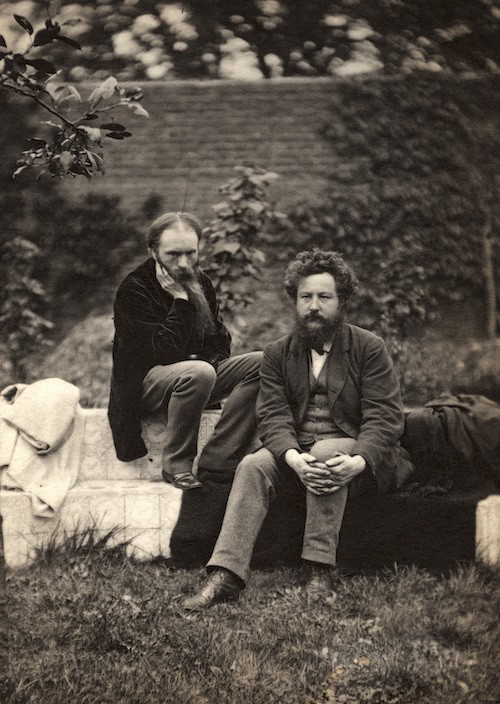
friend William Morris
We are familiar with Burne-Jones' work because of his lifelong friendship and collaboration with William Morris. Under Morris' direction Burne-Jones became the main designer for the iconic leader of the Arts and Crafts movement. Together they developed the firm’s distinctive compositions, combining figures with decorative surrounds. Much of what we see at Tate Britain is the result of this friendship, including intricate pen and ink drawings which won him patrons and artistic praise from the pre-Raphaelite circle.
Initially accepted into the Old Watercolour Society he resigned just six years later following complaints about a male nude figure in ‘Phyllis and Demophoon’. By this time Burne-Jones was well established as one of the most original and daring artists of his day. He did not intend to shock. His work shows sensitivity, the romance and beauty of the human body. It is no exaggeration to say that his pen and ink drawings are among the greatest of studies of the male and female form.
This exhibition takes the visitors to the many other aspects of his work. One gallery depicts his preoccupation with myth and legend, including a vivid depiction of Perseus decapitating Medusa whose look turned mortals to stone. Another series shows the fate of Sleeping Beauty and the entrance of the prince, but the artist tells us he leaves the rest of the story to our imagination.

We are familiar with the sensuous reclining female figure, full lips and rich textures of the pre-Raphaelites. But Burne-Jones’ portraiture shows an ability to capture inner human strengths and frailties; his likenesses of his wife reveal a woman with a disquieting, penetrating gaze and those of a friend’s daughter shows a sad smile that conceals a vulnerability and troubled mind.
A celebrated decorative artist this exhibition reveals so much more of Burne-Jones’ immense talent.
Book Edward Burne-Jones now at Tate Britain until February 24, 2019 or follow @Tate #BurneJones.
If you enjoyed reading this click here to read: A Preview of Tate Modern’s Anni Albers Exhibition
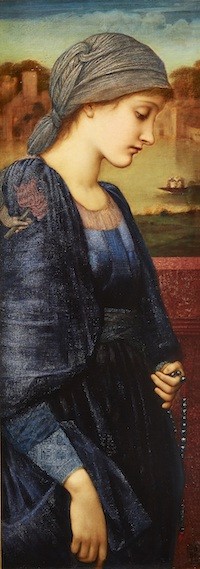
Coley Burne-Jones,
1896, Private collection
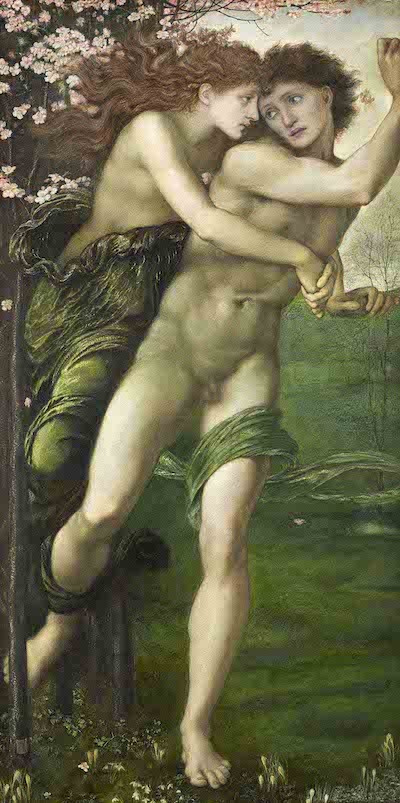
Coley Burne-Jones,1870, Birmingham Museums Trust
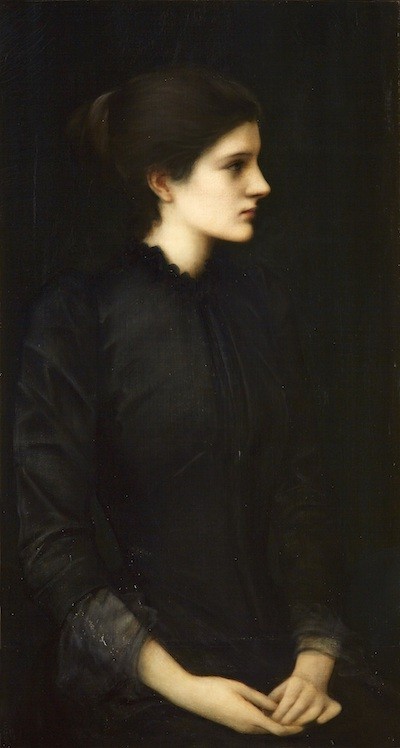
Coley Burne-Jones, 1893, private collection

